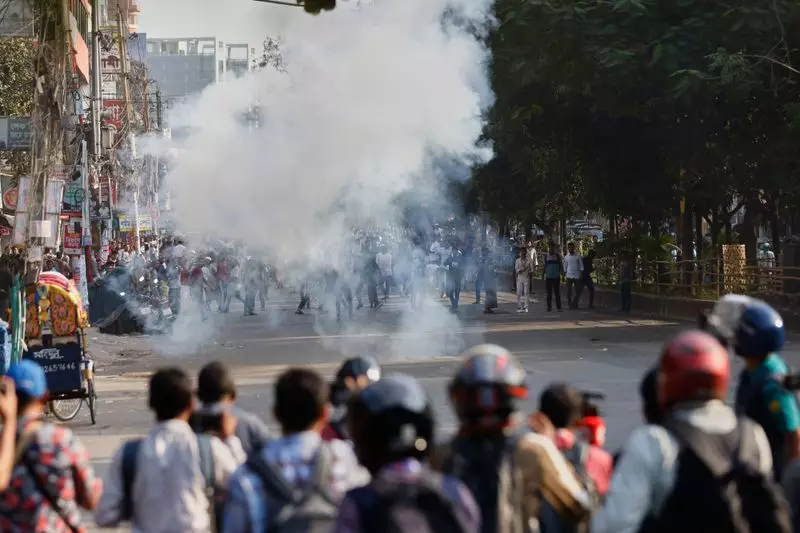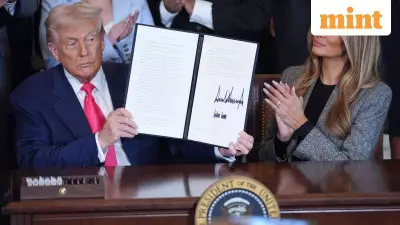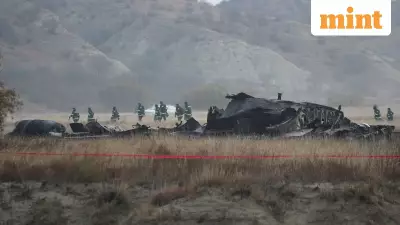
Security personnel in Bangladesh's capital Dhaka resorted to forceful measures on Tuesday to disperse hundreds of student protesters who had gathered near the historic residence of the country's founding father, Sheikh Mujibur Rahman. The confrontation marks a significant escalation in the ongoing quota reform movement that has gripped the nation.
Confrontation at Bangabandhu's Residence
On Tuesday afternoon, police and security forces used baton charges and tear gas shells to break up a demonstration organized by students demanding reforms to the existing quota system in government jobs. The protest occurred in the Dhanmondi area, specifically near House No. 32 on Road No. 15, which served as the residence of Sheikh Mujibur Rahman.
This location holds profound historical significance for Bangladesh, as it was from this house that Mujib, widely revered as 'Bangabandhu' or 'Friend of Bengal', led the nation's struggle for independence. The use of force at such a symbolically charged site has drawn sharp criticism from various quarters.
The Quota Reform Movement Intensifies
The students were protesting against the current quota system that reserves a significant percentage of government jobs for specific groups, including descendants of freedom fighters. The protesters argue that the system is outdated and disadvantages meritorious candidates.
Tuesday's demonstration was part of a series of protests that have been occurring across Bangladesh, with students from various universities participating. The movement has gained momentum in recent weeks, leading to increased tensions between the authorities and the student community.
Eyewitnesses reported that the situation turned volatile when security personnel attempted to prevent the protesters from getting closer to the protected historical site. The ensuing confrontation saw law enforcement using what they described as 'limited force' to clear the area.
Aftermath and National Reaction
The incident has sparked widespread discussion about both the quota reform demands and the appropriate use of force by authorities, particularly near a location of such national importance. Many are questioning whether the response was proportionate to the situation.
The protest and subsequent police action occurred despite the presence of increased security around significant landmarks in Dhaka. The government has maintained that it is committed to maintaining law and order while considering the students' demands through proper channels.
This event represents one of the most significant confrontations in the recent wave of student protests in Bangladesh. It highlights the growing tensions between the youth demographic seeking systemic reforms and the authorities tasked with preserving public order at sensitive locations.
As the situation develops, all eyes remain on how the government will address both the immediate fallout from Tuesday's clash and the underlying issues that sparked the protest movement in the first place.





